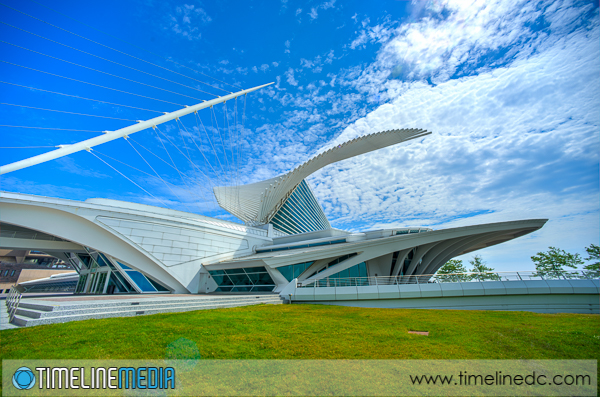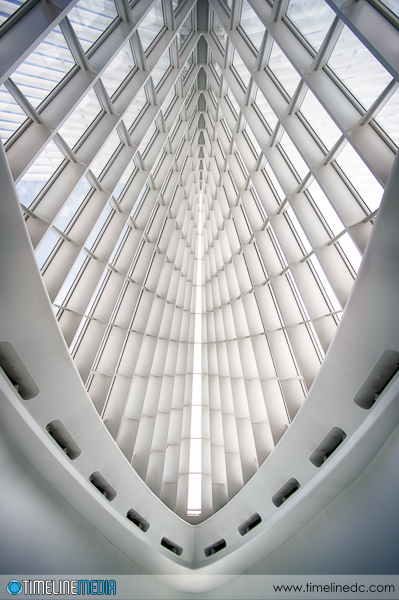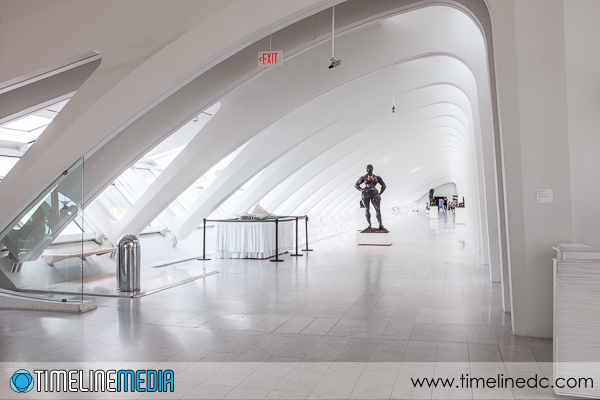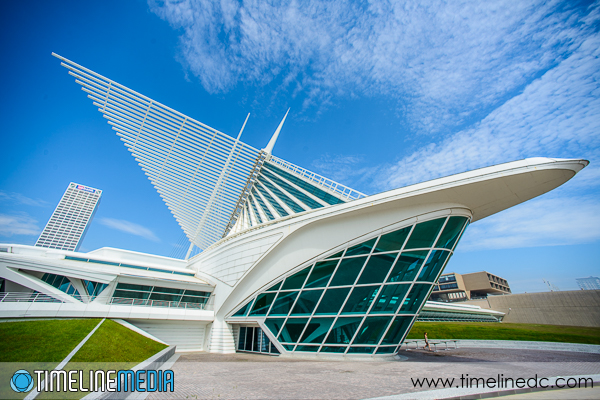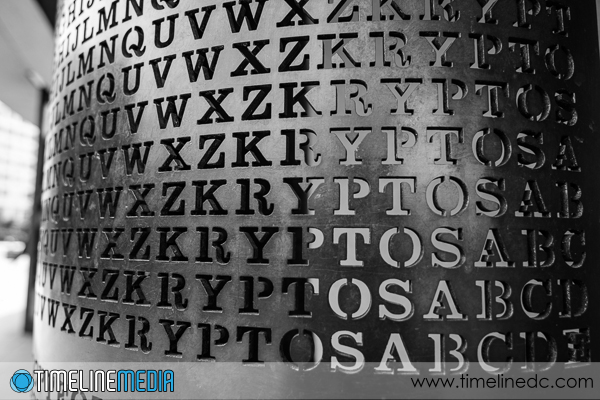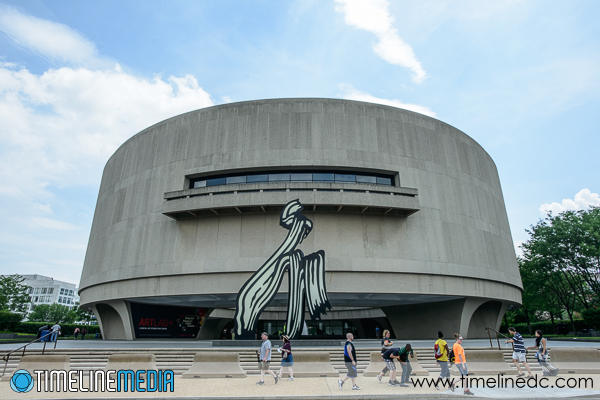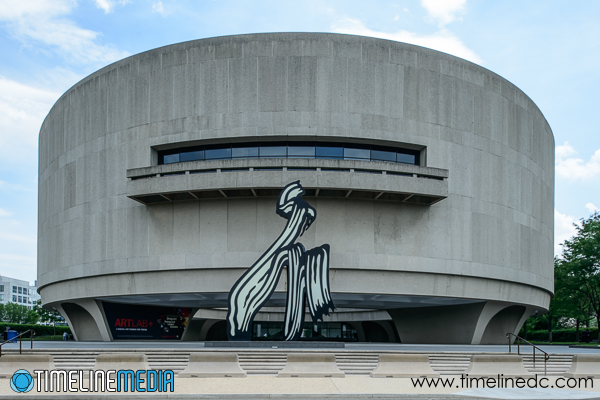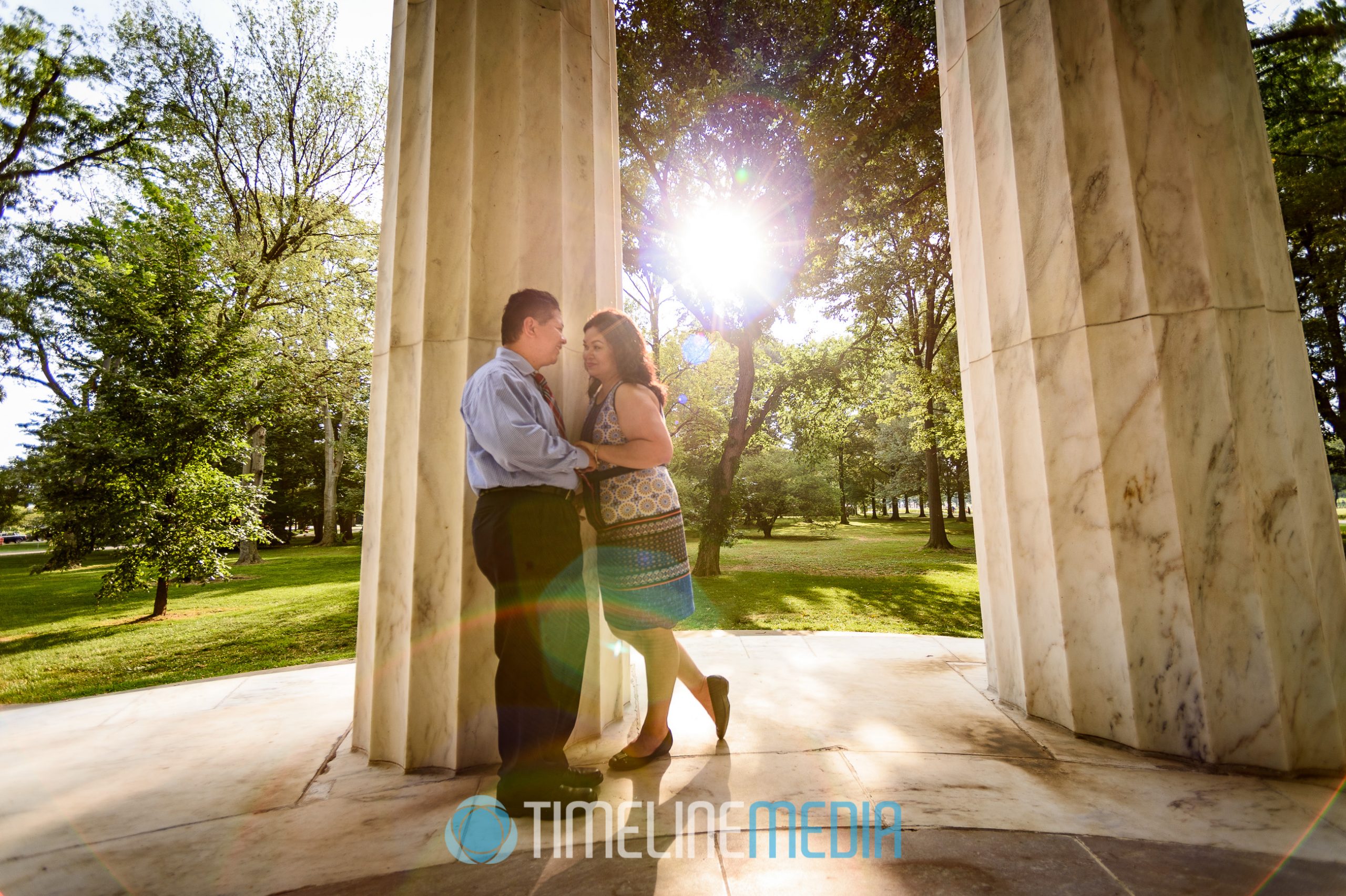
Washington, DC
Jo and Claro met me in downtown DC for some engagement photos. Claro and his family have been family friends for years. By comparison, we are Hokies, Filipino, and lived most of our lives in northern Virginia. He and his fiance Jo planned to marry last summer. When they thought about a photographer for their day, I came to mind. Of course, I jumped at the chance to cover this important event for them!
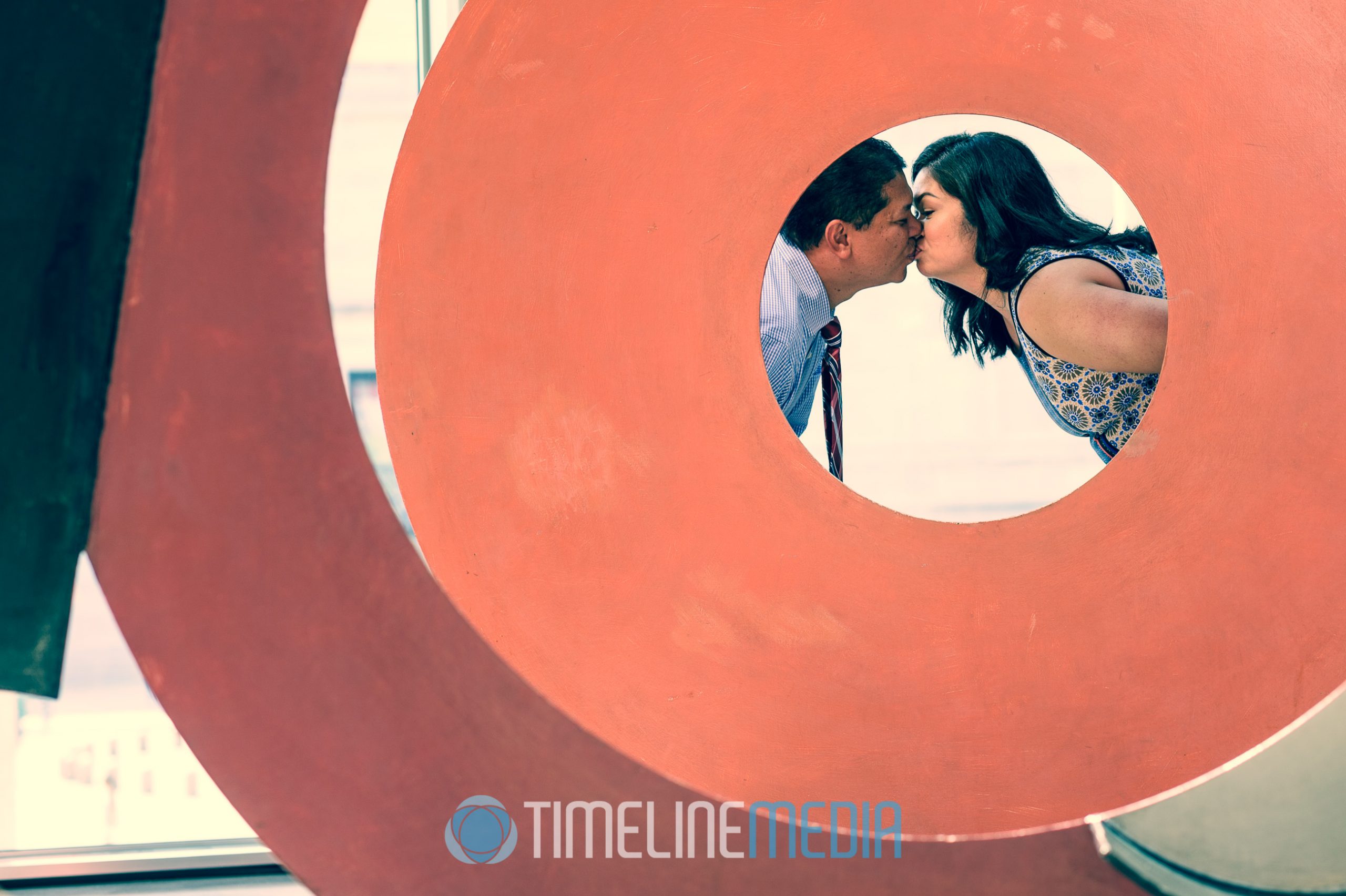
National Gallery of Art East Building
Our first stop was the National Gallery of Art. Seeing that it is a space to view large art installations, it is a beautiful space for portraits! The large open space with lots of natural light makes photos very easy. In addition, your subjects can move around freely and still be in nice even light.
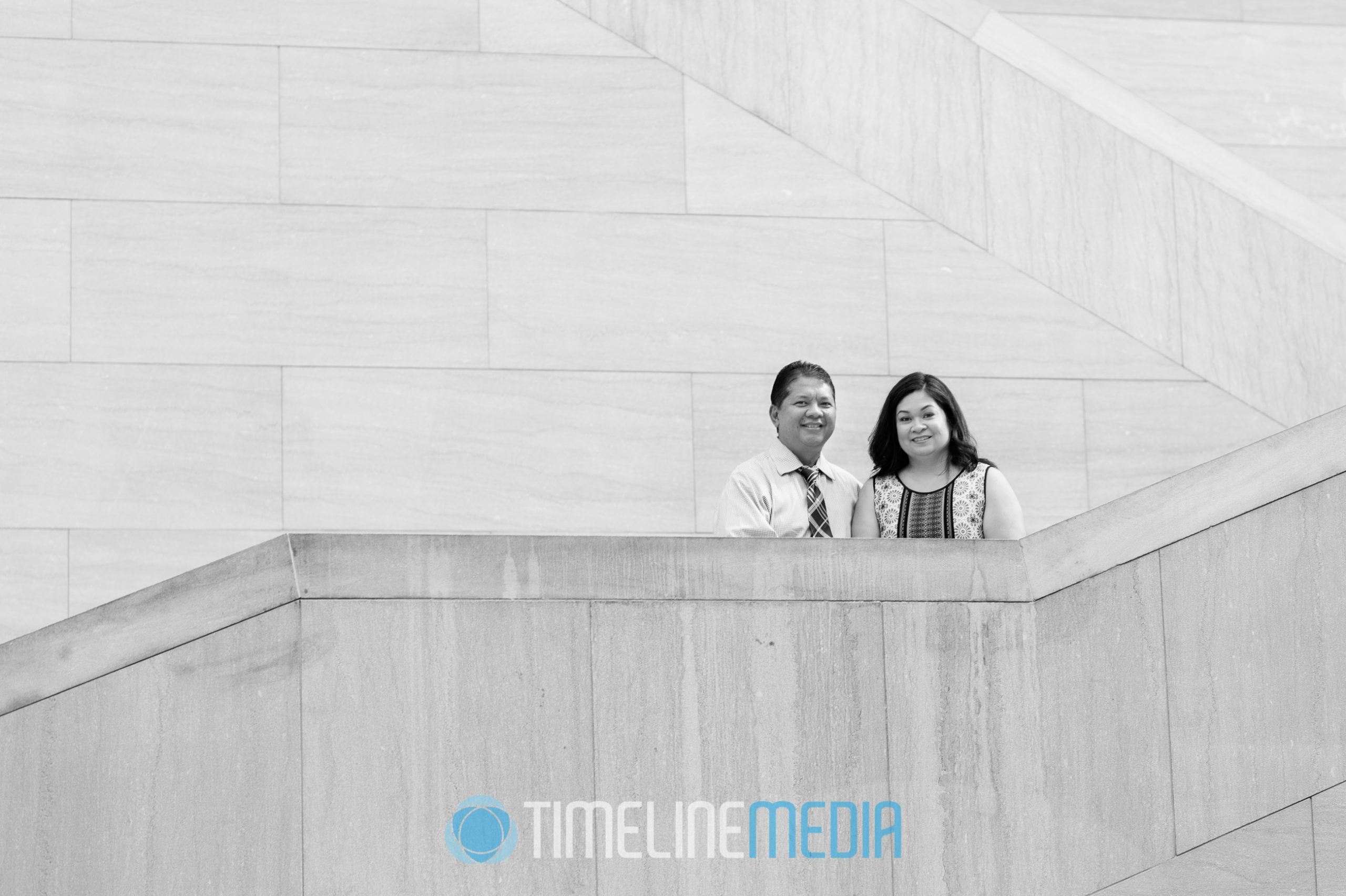
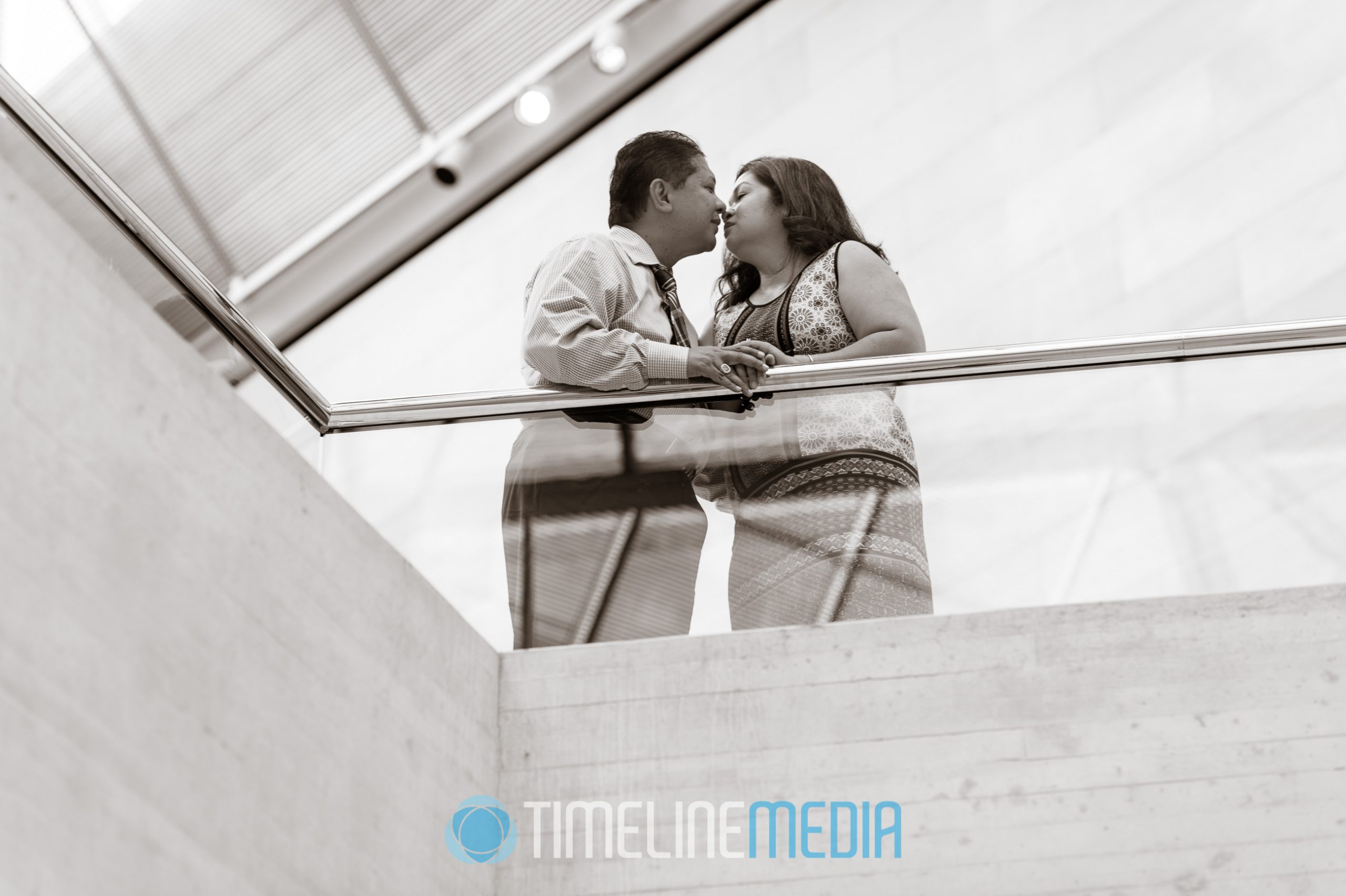
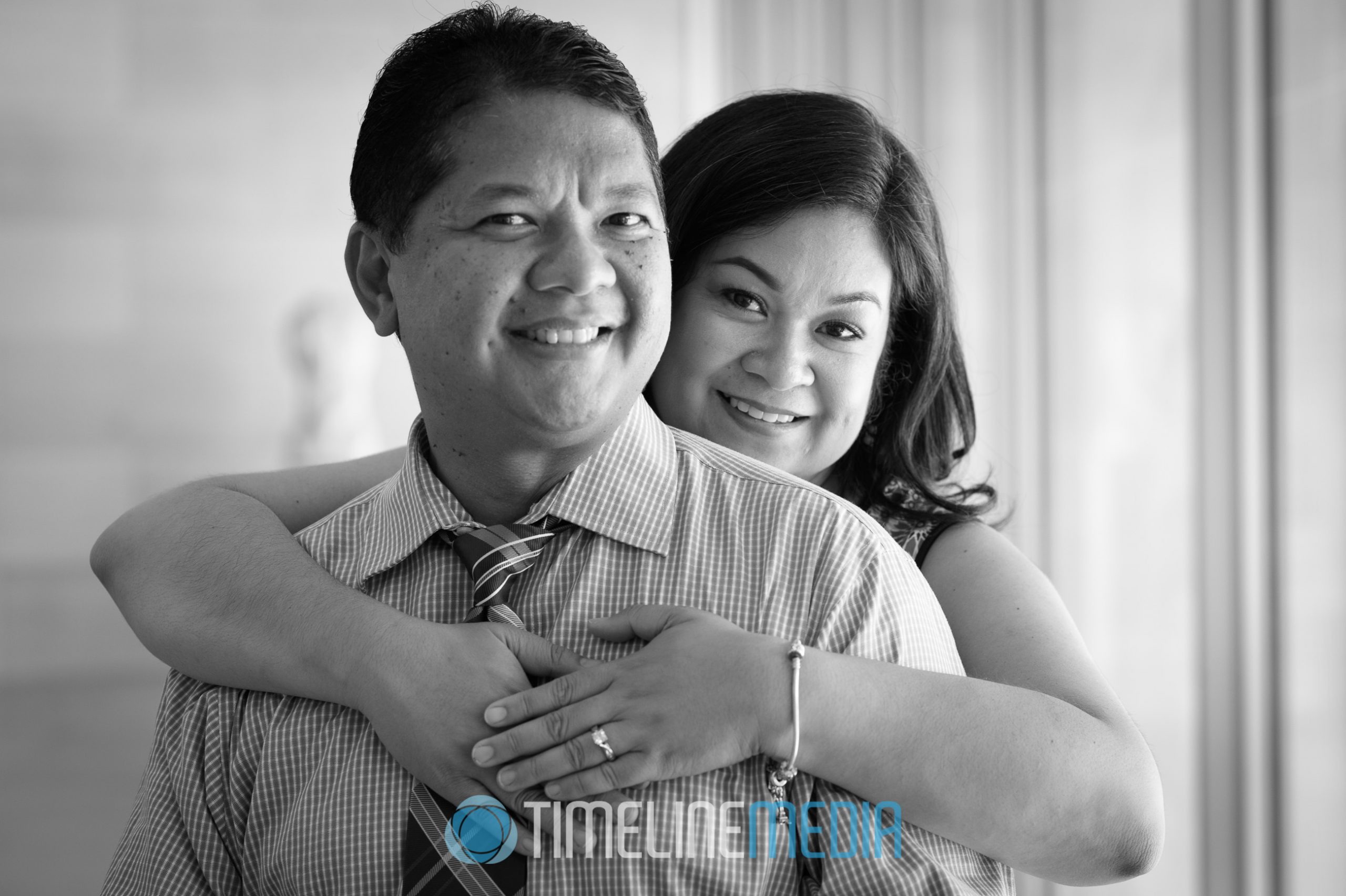
We started in the East Building of the museum. Given that is a modern space with clean lines, we found plenty of places for photos. With this purpose in mind, we explored all the levels of the museum to find the best spots. In between the East and West building, there is a tunnel famous for posing subjects. Above a motorized walkway a many spot lights mimicking a symmetrical field of stars. Whenever I get a chance, I will bring subjects here. I have not fallen off of the walkway yet!
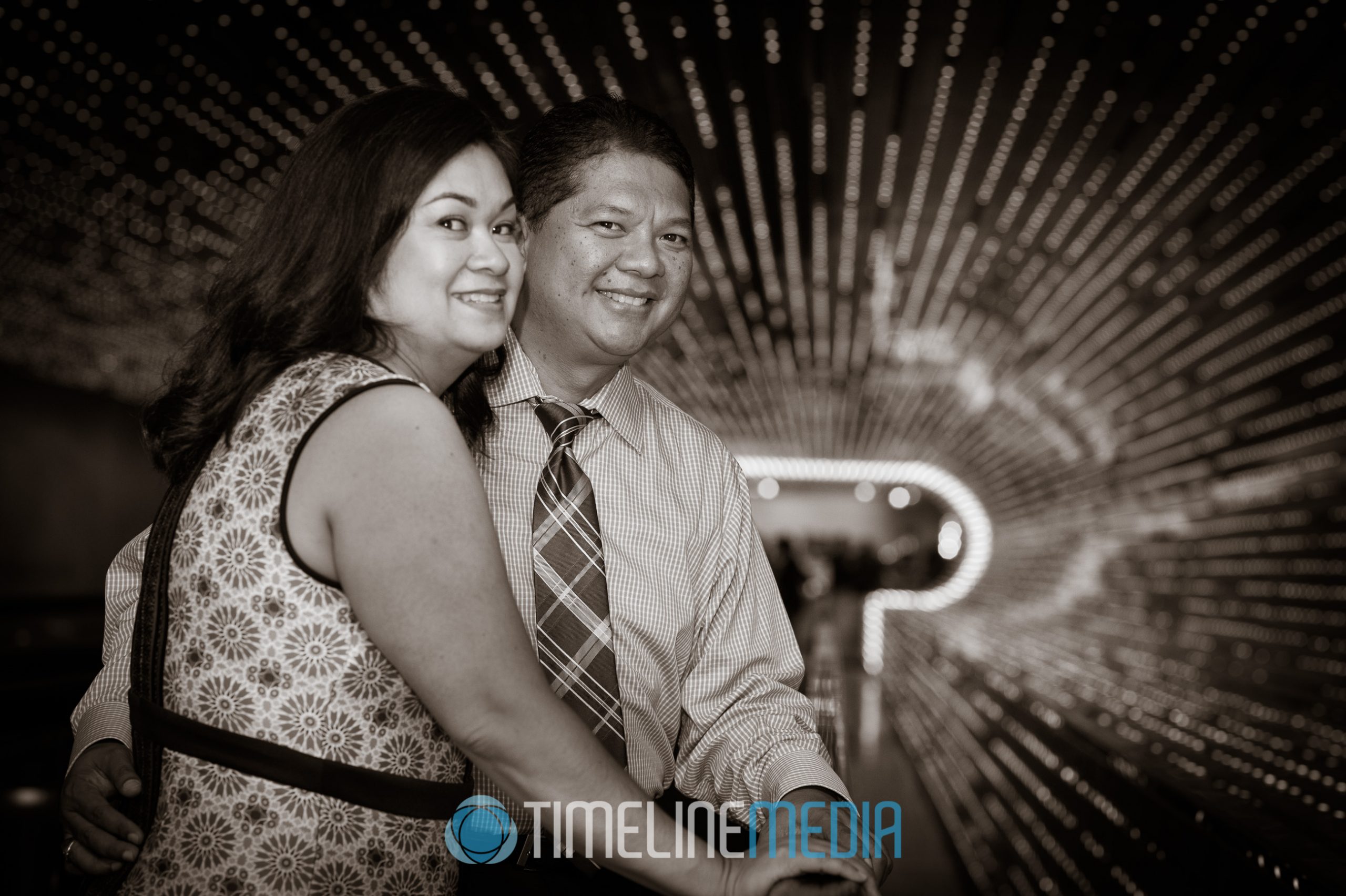
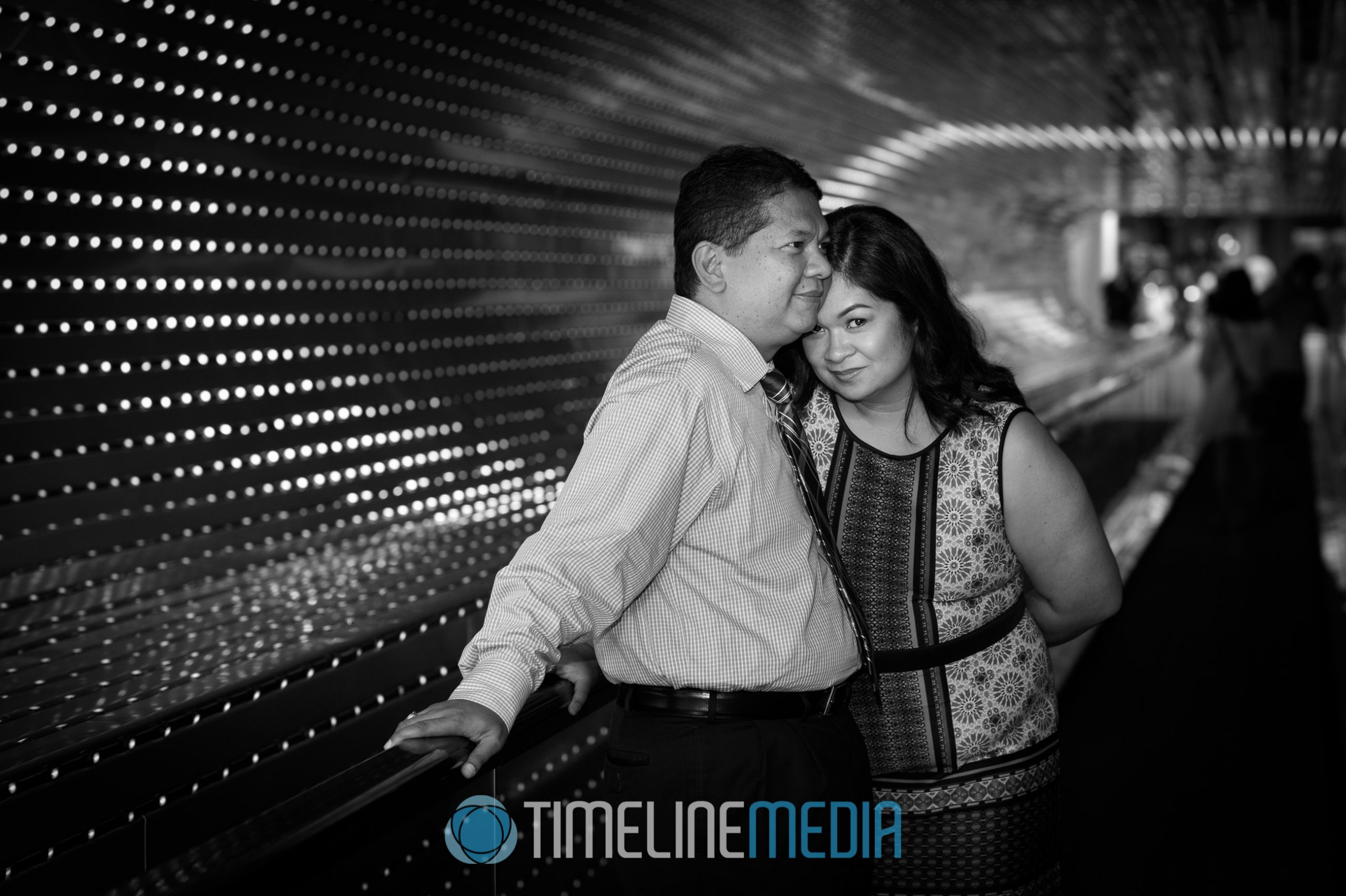
Lastly, there is collection of glass pyramids on the ground level outside of the West Building. As a matter of fact, it it right above the tunnel in the above photos. Putting them in between these glass sculptures creates some awesome reflections. In reality, it is producing a Photoshop-like effect right in the camera! Although we did not have to walk a long distance, we were able to get a lot of Jo and Claro engagement photos quickly.
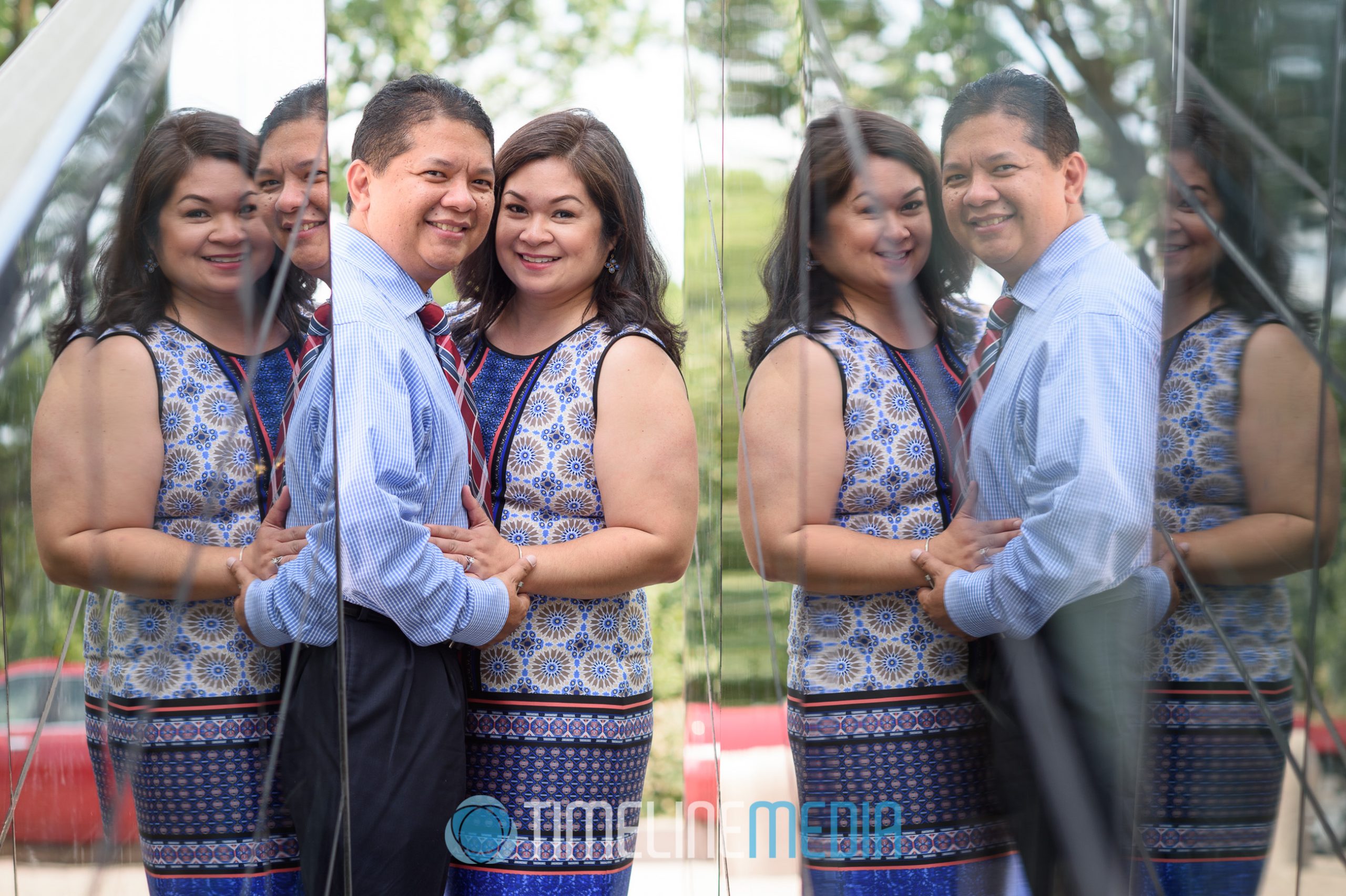
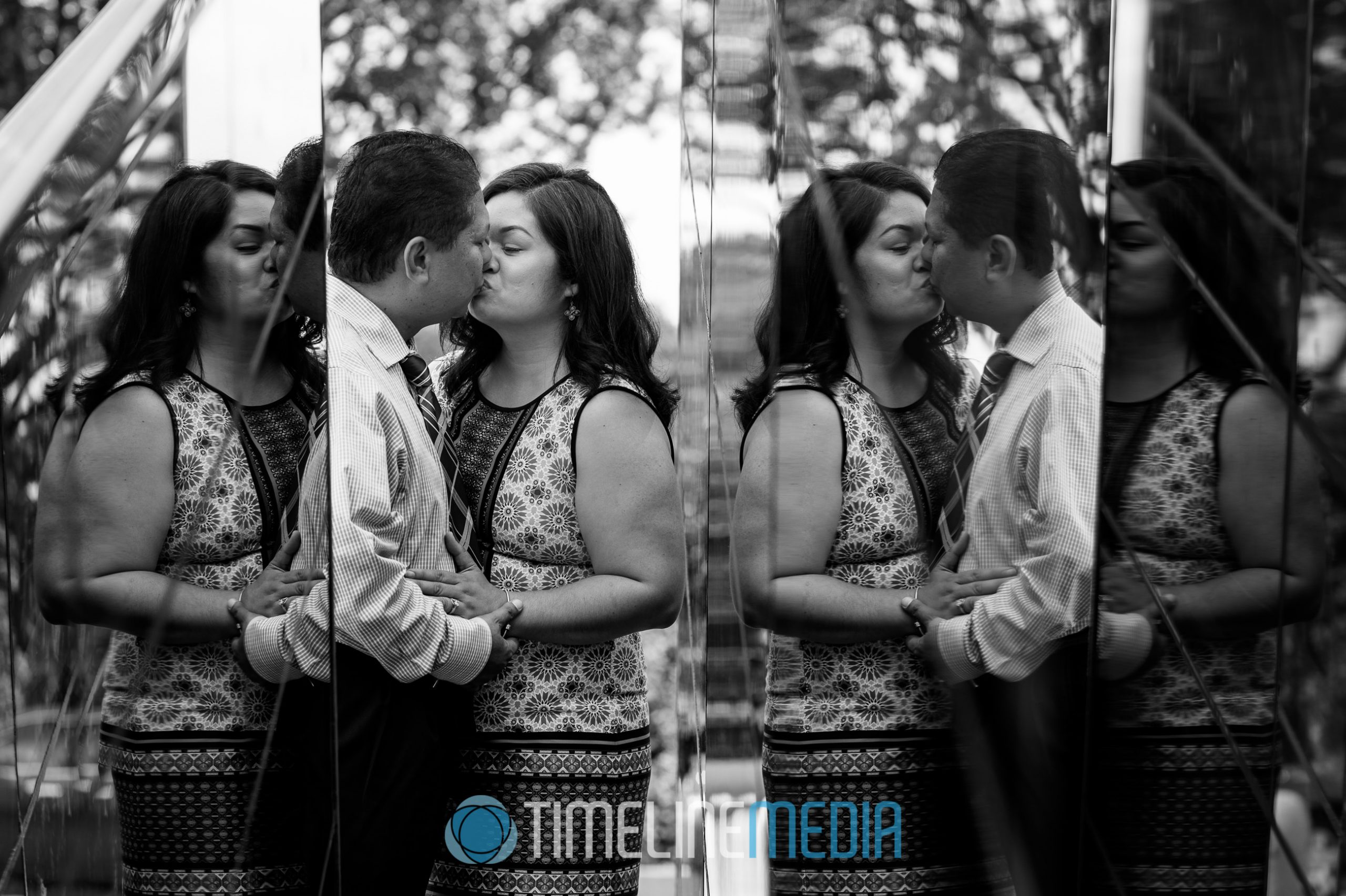
TimeLine Media – www.timelinedc.com
703-864-8208

